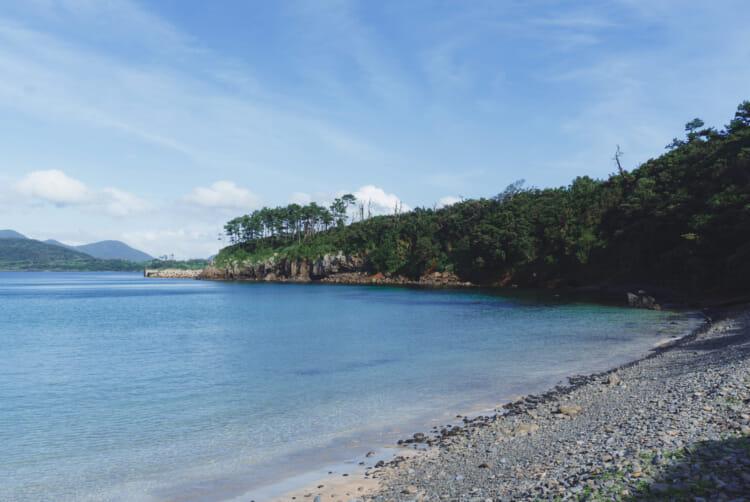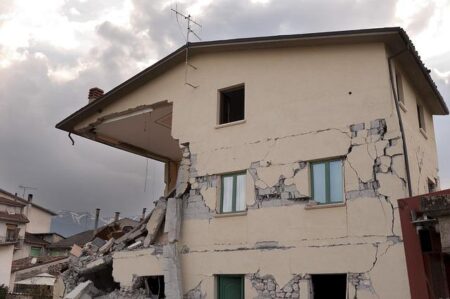In the remote islands of Nagasaki Prefecture, a rare and historic form of Christianity is facing the threat of extinction, marking a profound cultural and religious loss. Once a vibrant faith community dating back to Japan’s era of hidden Christians, these isolated believers have preserved unique traditions through centuries of persecution and secrecy. Now, with dwindling populations and aging congregations, the fading presence of this distinct Christian heritage underscores broader challenges confronting minority faiths in modern Japan. This article examines the significance of this decline and the efforts to document and sustain a legacy on the brink of disappearance.
Decline of a Unique Christian Heritage in Nagasaki Islands Cultural and Historical Significance at Risk in Remote Communities Preserving Faith and Tradition Strategies to Revitalize Rare Christian Practices
Nestled within the remote Nagasaki islands lies a Christian heritage unlike any other – a legacy forged in secret during centuries of persecution. This unique faith tradition, characterized by its blend of Catholic doctrine with indigenous customs, now faces a steep decline as aging practitioners dwindle and younger generations drift away. The dwindling congregation not only jeopardizes religious practices but also imperils cultural artifacts, sacred rituals, and oral histories that collectively embody a rich spiritual identity rare in modern Christianity. With fewer local clergy to lead services and limited documentation, the fabric of this faith community unravels, fueling concerns about losing an intangible heritage that has persisted since the 16th century.
Preservation efforts are mounting, spearheaded by local advocates, historians, and international organizations determined to breathe new life into these endangered practices. Key strategies include:
- Community education programs to engage youth and foster a connection to ancestral traditions.
- Digitization projects aimed at recording liturgies, hymns, and oral narratives for archival and educational use.
- Cultural exchange initiatives inviting researchers and pilgrims to witness and support local ceremonies.
- Financial grants to maintain historic churches, artifacts, and parish libraries.
However, the battle to sustain this extraordinary Christian expression remains steep, forcing communities to innovate while honoring deeply ingrained beliefs – a delicate balance crucial to preserving both faith and cultural identity.
| Factor | Impact Level | Preservation Effort |
|---|---|---|
| Declining Population | High | Community outreach programs |
| Loss of Clergy | Critical | Training local leaders |
| Cultural Erosion | Medium | Digital archives |
| Youth Disinterest | High | Educational engagement |
In Retrospect
As the rare form of Christianity in the remote Nagasaki islands faces an uncertain future, the community grapples with the profound loss of a unique cultural and religious heritage. Efforts to preserve these traditions continue amid dwindling numbers, but the challenges remain daunting. This dwindling faith serves as a poignant reminder of the fragile nature of cultural identities in an ever-changing world.




